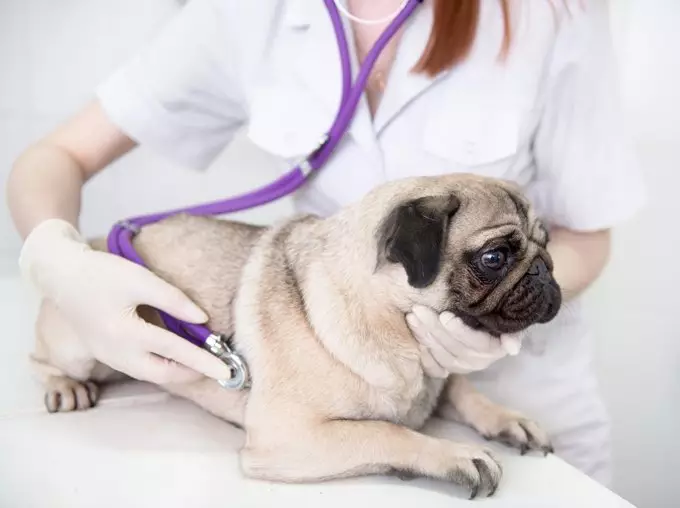Spaying and neutering are common surgical procedures aimed at controlling pet populations and ensuring the health of animals. Spaying, a procedure performed on female pets, involves the surgical removal of the uterus and ovaries through an abdominal incision. Neutering, on the other hand, refers to the removal of a male pet’s testicles. This operation can be conducted via a minor incision in front of the testicles or through the skin above each testicle. Both procedures, while routine, are invasive and lead to certain levels of discomfort and pain for the animal.
It is crucial for pet owners to understand that both spaying and neutering cause pain, albeit mild to moderate. The extent of pain largely depends on the individual animal’s threshold and the complexity of the procedure. Veterinary professionals take pain management seriously and typically administer both pre-emptive and post-operative pain relief. For the surgery to be less traumatic, pain relief medication is provided prior to the procedure to help alleviate anxiety and minimize pain perception during and after the surgery.
Veterinarians are responsible for choosing the most effective pain management strategies tailored to each animal’s unique needs. They may utilize a variety of medications that target different types of pain, ensuring that the pet experiences the least amount of discomfort possible during recovery. Pet owners are encouraged to engage in discussions with their veterinarians about the pain management plan for their pets, particularly because some pain medications may be optional, and proactive requests for pain relief should always be made.
After surgery, pets are often sent home with additional pain medication to be administered over a few days. Monitoring behavior post-surgery becomes essential as animals cannot verbally communicate their discomfort. Changes in behavior, such as reluctance to engage in play, decreased appetite, or difficulty in movements can indicate that a pet is in pain. Acknowledging these signs is critical; pet owners should always err on the side of caution and contact their veterinarian if they observe unusual behaviors.
While spaying and neutering are common and necessary procedures, the potential for pain should not be underestimated. Compassionate care that includes effective pain management is an integral part of the surgical process. Pet owners are vital in this equation, as their involvement and advocacy for their pet’s pain relief can significantly enhance recovery and well-being. By understanding the procedures and remaining vigilant, pet owners can help ensure that their furry companions return to their happy, playful selves as quickly as possible.

